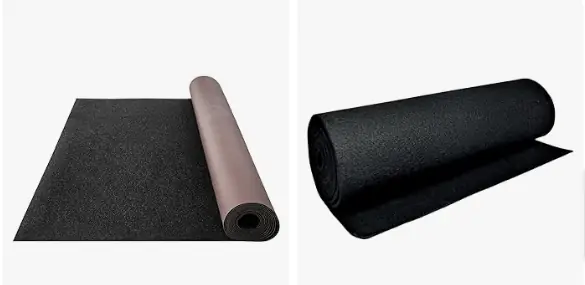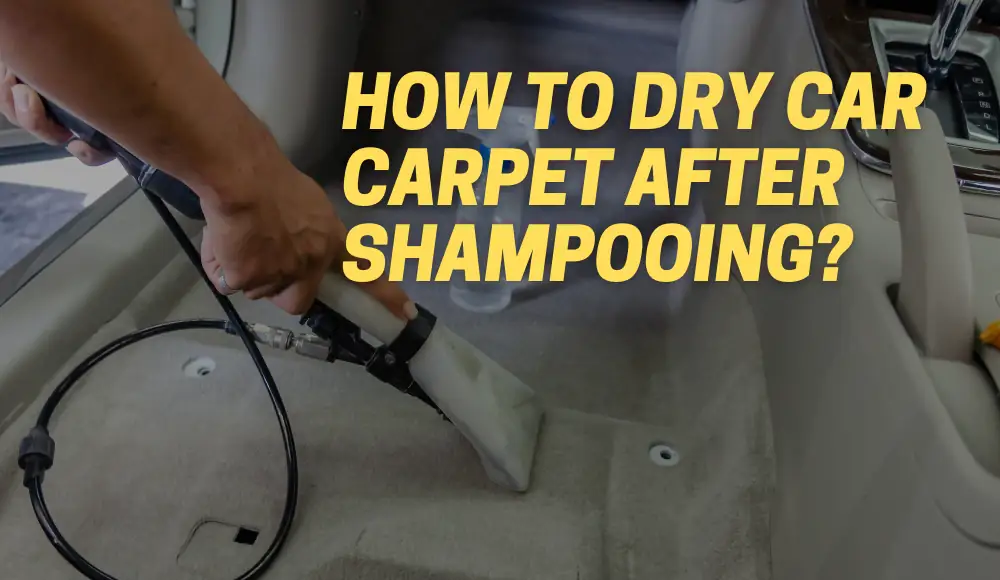Last updated on May 26th, 2024 at 06:29 am
Unmolded auto carpet installation might sound like a daunting task, but with the right tools and a step-by-step approach, it’s very achievable. Whether you’re a car enthusiast looking to spruce up your vehicle’s interior or someone aiming to save on professional installation costs, this guide will walk you through the process from start to finish.
What Tools Are Needed to Install Unmolded Auto Carpet?
Before diving into the installation process, gather the necessary tools. These include:
- Utility Knife: For precise cutting of the carpet.
- Adhesive Spray: Used to secure the carpet in place.
- Heat Gun or Hair Dryer: Helps mold the carpet around corners and curves.
- Ruler or Measuring Tape: Essential for accurate measurements.
- Safety Gear: Gloves and goggles for protection.
Can I Install Unmolded Auto Carpet Without Professional Help?
Yes, installing an unmolded auto carpet is a DIY project that doesn’t always require professional assistance. With patience, attention to detail, and following guidelines, it’s achievable for beginners.
—
Steps Involved in Installing Unmolded Auto Carpet
- Prepare the Car Interior: Remove the seats, center console, and any trim necessary.
- Remove Old Carpet: Take out the existing carpet, padding, and insulation.
- Prepare the New Carpet: Lay out the new carpet, allowing it to settle and flatten.
- Cutting the Carpet: Use precise measurements to cut the carpet to fit your vehicle’s dimensions.
- Install the Carpet: Apply adhesive spray and carefully lay the carpet, smoothing out any wrinkles.
How Do You Cut Auto Carpet?
Using a utility knife, cut the new carpet by placing it underneath and tracing the dimensions needed for your vehicle.
How to Install Unmolded Auto Carpet User Advice
Here’s a breakdown of the key steps and advice shared in the user comments on the Internet regarding the installation of unmolded auto carpet:
| Step | Key Points |
|---|---|
| Step 1: Carpet Selection | – Visit home centers for outdoor carpet, ensuring it’s of decent quality. – Get the right size, allowing room for errors. – Opt for a moderately priced carpet for durability. |
| Step 2: Remove the Seats | – For bench seats, remove 4 bolts through the floor. – Disconnect the seatbelt and set aside. |
| Step 3: Remove Trim & Old Carpet | – Unscrew kick plates and fuse covers. – Remove the shift boot carefully. – Prep work may vary based on existing flooring (vinyl or carpet). |
| Step 4: Prep | – Vacuum and clean the cab thoroughly. – Scrub with warm, soapy water to remove old glue and dirt. |
| Step 5: Dry Fit | – Lay the carpet inside the truck, and make initial cuts to fit around obstacles. – Carefully mark and cut openings for the shifter and firewall. |
| Step 6: Glue Up | – Apply contact cement to the floor and carpet in sections. – Use a J-roller or paint roller to ensure a firm bond. – Ensure correct fitting before gluing. |
| Step 7: Reassemble | – Reattach seats and belts. – Use the screwdriver and torch trick to create holes for bolts. |
| Expert Advice & Insights | – Molded carpet is more precise but may be pricier. – Quality varies; molded carpets might offer a better fit and additional padding. – Consider local upholstery shops for custom fits. |
| Experiences Shared | – Using indoor/outdoor or replacement auto carpets resulted in successful installations. – Custom-fit options are available at local upholstery shops. |
The insights provided cover a range of aspects from carpet selection, preparation, installation steps, and even personal experiences, giving a detailed perspective on installing unmolded auto carpets.
Where Can I Buy High-Quality Unmolded Auto Carpet?
High-quality unmolded auto carpets can be found at automotive specialty stores, online retailers, or through manufacturers specializing in auto interior materials. Always opt for quality materials for a longer-lasting finish.
Are There Specific Techniques for Trimming Unmolded Auto Carpet to Fit the Car’s Interior?
Precise measurements are key. Use a ruler or measuring tape to ensure accuracy when cutting the carpet. Cutting slightly larger than necessary allows for adjustments during installation.
Common Mistakes to Avoid When Installing Unmolded Auto Carpet
- Rushing the Process: Take your time to avoid mistakes and ensure a perfect fit.
- Incorrect Measurements: Double-check measurements to avoid cutting errors.
- Uneven Application of Adhesive: Ensure even distribution to prevent wrinkling.
How Long Does it Take to Install Unmolded Auto Carpet?
The installation time varies depending on experience and the complexity of the vehicle. On average, it can take around 4-6 hours for a first-timer.
Tips for a Smooth and Wrinkle-Free Installation
- Let the Carpet Rest: Allowing the carpet to flatten and adjust to room temperature aids in a smoother installation.
- Smooth Out Carefully: Work from the center outwards to eliminate wrinkles.
Can I Reuse the Old Padding and Insulation When Installing New Unmolded Auto Carpet?
While it’s possible, it’s advisable to use new padding and insulation for a better overall finish and improved insulation within the vehicle.
Cleaning and Maintenance of Unmolded Auto Carpet After Installation
Regular vacuuming and spot-cleaning with mild detergent and water help maintain the carpet’s appearance. Avoid excessive water, which could lead to mold and mildew.
Differences Between Molded and Unmolded Auto Carpet
Molded carpets are pre-shaped to fit specific vehicle models, while unmolded ones are more customizable but require precise cutting and fitting. Choosing one over the other depends on the level of customization needed.
| Type of Carpet | Characteristics | Installation Ease |
|---|---|---|
| Molded | Pre-shaped, specific fit | Easier, less cutting required |
| Unmolded | Customizable, requires cutting | More labor-intensive, requires precision |
Dealing With Unexpected Obstacles During Installation
Adaptability is crucial. If facing irregularities or unexpected obstacles, take a step back, reassess, and make minor adjustments to fit the carpet properly.
Installing Unmolded Auto Carpet in Different Car Models
Installation methods can vary slightly based on the make and model of the vehicle. Research specific guides or instructions for your car model.
Use of Adhesives and Specific Products
Adhesive sprays are commonly used for securing unmolded carpets. Always follow manufacturer recommendations for the specific product.
Best Glue for Car Carpet:
The best adhesive for car carpets often includes aerosol-based spray adhesives that are designed for automotive use. These adhesives provide strong bonding and are resistant to temperature changes and moisture.
Securing Edges and Preventing Fraying
Trim edges neatly and consider using additional adhesives or specialized carpet tape to prevent fraying or lifting.
Stretching and Molding Around Corners and Curves
Employ a heat gun or hairdryer to gently heat the carpet, making it more pliable and easier to mold around corners and curves.
Seeking Professional Help vs. DIY
While it’s possible to install unmolded auto carpet as a DIY project, beginners may find professional help beneficial for a more precise and efficient installation.
Considerations for Extreme Weather Conditions
Extreme cold or heat can impact the installation process. Ensure the workspace is adequately heated or cooled to meet the manufacturer’s recommendations for temperature during installation.
In conclusion, installing unmolded auto carpet requires patience, precision, and attention to detail. By following these steps and tips, a successful installation can transform your vehicle’s interior, whether you’re a seasoned DIY enthusiast or a first-time car interior renovator.



